Are you ready to take your cycling adventures to new heights? Joining a group of like-minded cyclists might be the missing piece to unlocking your full potential on the road.
As passionate cyclists ourselves, we understand the incredible benefits that group cycling brings to both our fitness journey and overall well-being.
In this article, we will explore the advantages of group cycling and provide you with practical tips on how to connect with a local cycling group.
The Power of Group Cycling
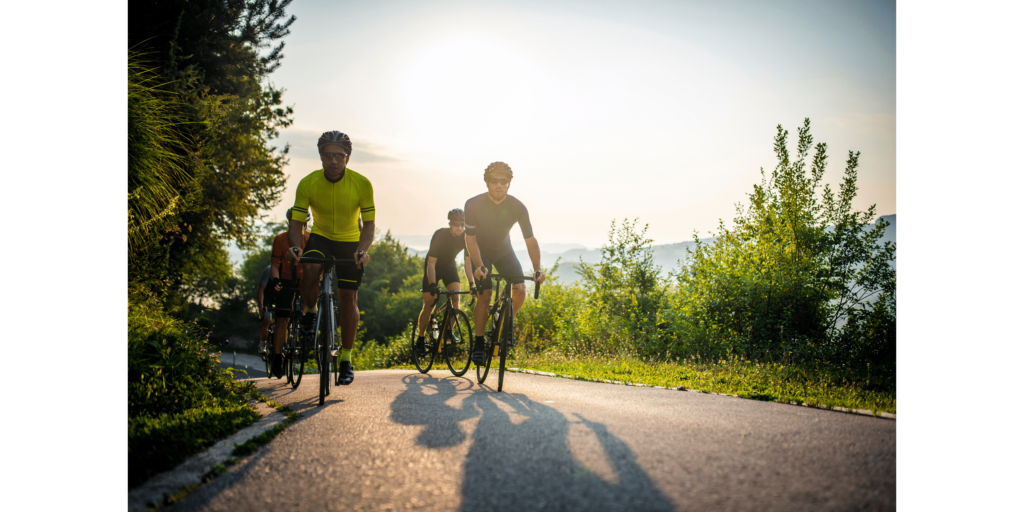
The Advantages of Riding with a Group
One of the greatest benefits of group cycling is the built-in motivation and accountability it provides. Cycling with others can push you to ride farther and faster, as you draw inspiration and support from your fellow cyclists.
Group cycling offers a sense of camaraderie, encouraging you to push past your limits and reach new heights of performance and skills.
Motivation and Accountability
When you ride with a group, you have a commitment to show up for scheduled rides. This built-in accountability helps you stay consistent and motivated in your cycling training.
Knowing that others are counting on you can be a powerful driving force to get on your bike, even when motivation is low.
Additionally, the encouragement and support from fellow group members can give you the extra push to challenge yourself and achieve your cycling goals.
Enhanced Performance and Skills
Group cycling presents an opportunity to improve your cycling performance and enhance your skills. Riding with more experienced cyclists can expose you to different techniques and strategies that you may not have discovered on your own.
Through observing and learning from others, you can refine your riding technique, increase your endurance, and become a more efficient cyclist overall.
The friendly competition within the group can also provide a stimulating environment for personal growth and improvement.
Social Connection and Camaraderie
Cycling with a group fosters a sense of community and offers opportunities for social connection and camaraderie among cyclists. It provides a platform to meet like-minded individuals who share your passion for cycling.
The bonds formed through shared experiences and shared miles can create lasting friendships. Group rides often include post-ride gatherings, where cyclists can socialize, exchange stories, and build relationships beyond the bike.
Finding the Right Cycling Group
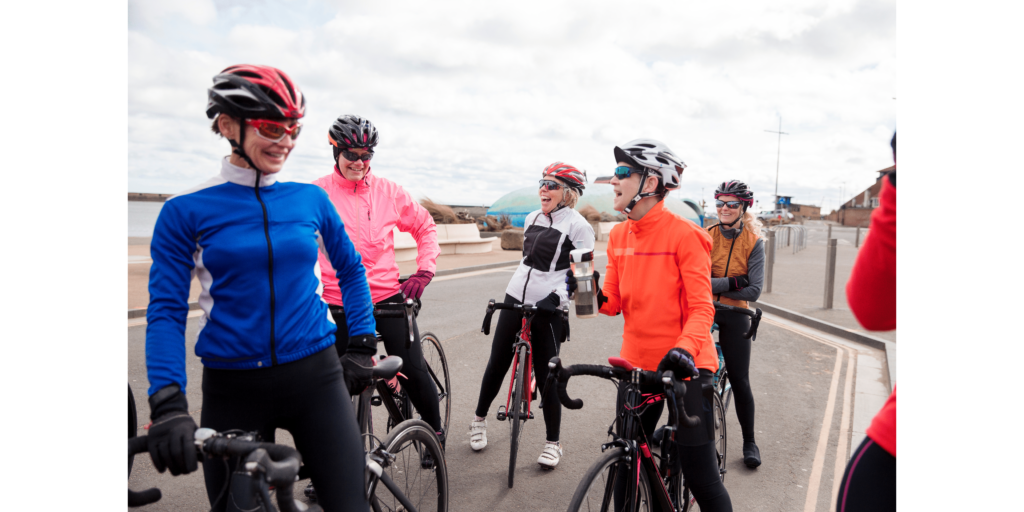
Tips for Finding Your Local Cycling Group
In today’s digital age, there are numerous online resources and cycling apps that can help you discover local cycling groups. Websites such as Meetup and Strava have dedicated cycling communities where you can search for groups in your area.
Additionally, social media platforms like Facebook and Instagram have cycling groups or pages specific to certain regions or interests. Exploring these online resources can lead you to the cycling community you’ve been looking for.
Local Bike Shops and Cycling Clubs
Your local bike shops and cycling clubs are excellent sources to find information about nearby cycling groups. Bike shops often have bulletin boards or community notice boards where local groups post information about group rides and events.
They can also provide insights into the cycling scene in your area and recommend groups that align with your skill level and interests.
Cycling clubs, which may have memberships or open group rides, are a great way to connect with other cyclists and access a wealth of knowledge and resources.
Social Media and Community Platforms
Social media platforms and community forums dedicated to cycling can be valuable for connecting with local cycling groups. Joining cycling-related groups on platforms like Facebook or following cycling enthusiasts on Instagram can expose you to various groups and their activities.
Engaging with the community through comments, posts, and direct messages can help you find recommendations and connect with cyclists in your area. Online forums like Reddit’s cycling communities can also be a source of information and connections.
Joining a Local Cycling Group
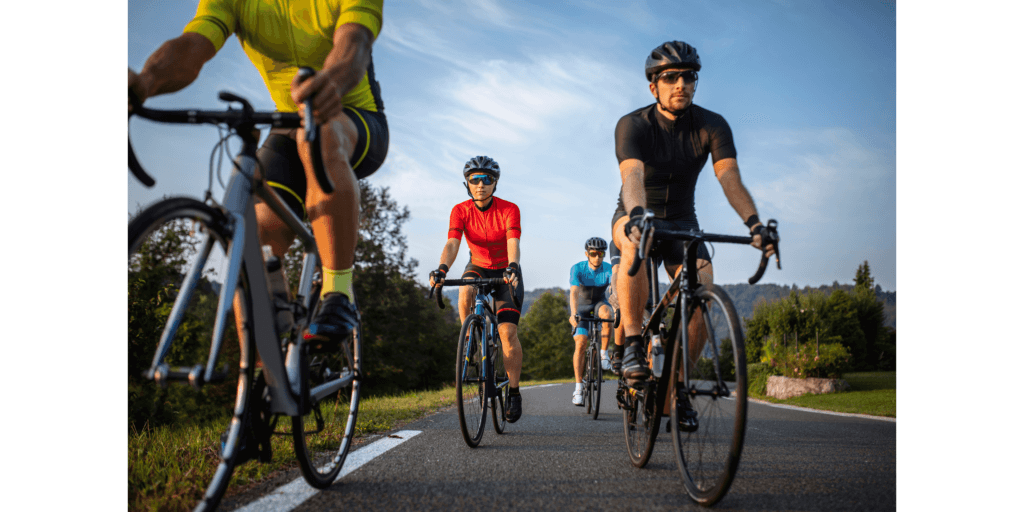
Steps to Become Part of a Cycling Group
Once you’ve identified a potential cycling group, reach out to them to express your interest in joining. Contact information is often available on their websites, social media pages, or through local bike shops.
Introduce yourself, mention your cycling experience, and inquire about their group rides and any requirements for participation. The group’s organizers or leaders will guide you on how to join and participate in their rides.
Some groups may have membership fees or require contributions for specific events or activities. However, many groups offer open group rides that are free to participate in. Be sure to clarify any financial obligations before joining a group.
Attending Group Rides or Events
Many cycling groups organize regular group rides or events that are open to newcomers. These rides typically have designated meeting points and times. It’s important to arrive punctually and be prepared with your cycling gear and necessary equipment.
Take the time to introduce yourself to the group members and familiarize yourself with any specific rules or guidelines for the ride. Group rides often have different pace groups based on skill levels, so ensure you join a group that aligns with your abilities.
Building Relationships and Contributing
To establish yourself within the cycling group, focus on building relationships with fellow cyclists and contributing to the community. Engage in conversations during group rides and post-ride gatherings, showing genuine interest in other cyclists’ experiences. Offer support, encouragement, and advice to your fellow group members.
Participate in group activities, such as charity rides or volunteering opportunities, which can further strengthen your bond with the group and make a positive impact.
Identifying a Bad Cycling Group: Red Flags and Warning Signs
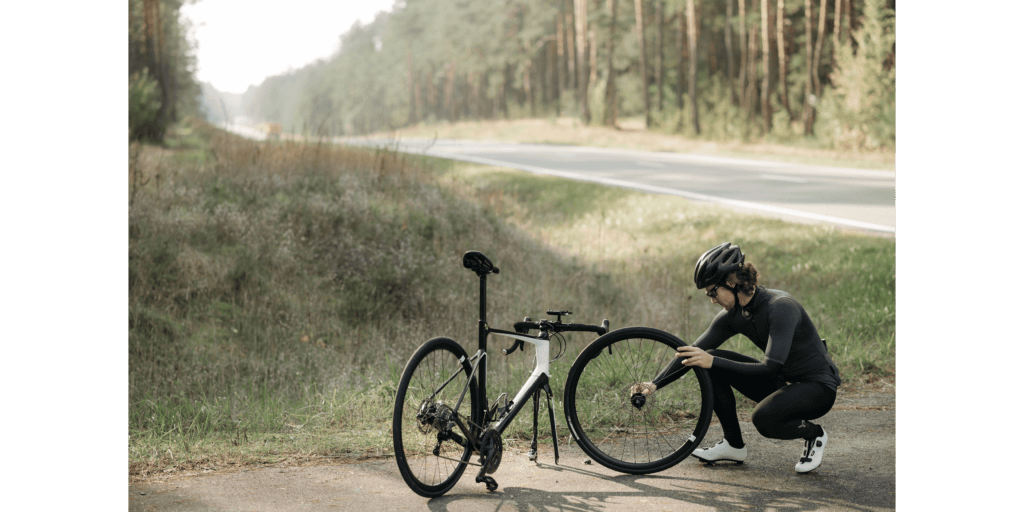
Characteristics of a Bad Cycling Group
While group cycling can be a fantastic experience, it’s essential to be aware of the characteristics of a bad cycling group to ensure a positive and safe environment for all participants.
Lack of Safety Measures and Etiquette
A red flag for a bad cycling group is the absence of safety measures and a lack of adherence to cycling etiquette. A responsible cycling group prioritizes the safety of all participants by promoting the use of helmets, observing traffic rules, and employing proper signaling.
However, it’s not just about following the rules of the road. A good cycling group also demonstrates consideration for one another. If you notice that the group does not stop when someone gets a puncture or fails to let people catch up after uphill sections, it may indicate a lack of empathy and support within the group.
Unsupportive or Intimidating Atmosphere
A negative and unsupportive atmosphere within a cycling group can be a clear indication of a group to avoid. A healthy cycling group fosters inclusivity, encouragement, and mutual respect among its members.
Look out for signs of a group that does not stop for food and water breaks or fails to help someone who is struggling for energy. These actions demonstrate a lack of consideration for the well-being of all members.
A good cycling group, on the other hand, recognizes the importance of proper nutrition and hydration during rides and ensures that everyone is adequately supported.
Inconsistent or Poorly Organized Group Rides
An unreliable or poorly organized schedule for group rides can be a sign of a dysfunctional cycling group. A well-functioning group prioritizes consistent scheduling, communicates ride details in advance, and adheres to the agreed-upon meeting times and locations.
Group leaders should ensure clear communication and provide timely updates regarding any changes to the planned rides. If you find that the group lacks organization and fails to keep members informed about ride details, it may indicate a lack of commitment and dedication within the group.
Lack of Flexibility or Adaptability
A rigid and inflexible approach to cycling routes, distances, or pace can indicate a cycling group that may not suit your needs. A good cycling group accommodates various skill levels, offering options for beginners, intermediate riders, and advanced cyclists.
They understand that cycling is a personal journey, and individuals progress at different rates. Pay attention to how the group responds to different skill levels and whether they provide options or support for those who may be struggling.
A supportive and adaptable group will prioritize the collective enjoyment of the ride rather than focusing solely on individual performance.
By being aware of these red flags and warning signs, you can avoid joining a bad cycling group and ensure a more enjoyable and fulfilling group cycling experience.
Remember, finding the right cycling group is crucial for fostering a positive and supportive community that enhances your love for cycling. Stay vigilant and make an informed decision when choosing your cycling companions.
Making an Informed Decision: How to Spot a Good Cycling Group
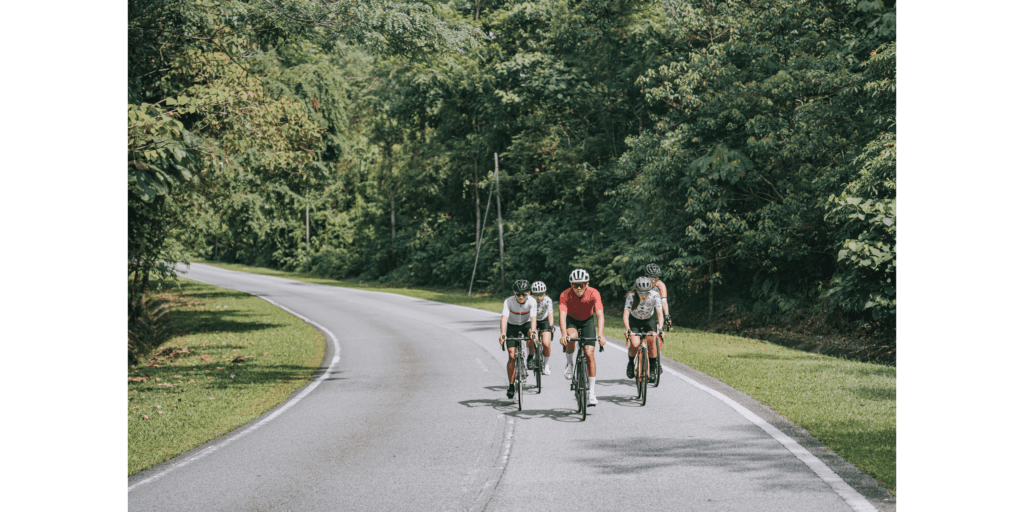
Characteristics of a Good Cycling Group
To ensure a positive and rewarding group cycling experience, it’s crucial to identify the characteristics of a good cycling group.
Clear Communication and Organization
A good cycling group prioritizes clear communication and demonstrates effective organization. They provide riders with detailed information about upcoming rides, including meeting points, routes, distances, and expected pace.
Group leaders proactively address questions and concerns, creating an environment where everyone feels informed and included.
Inclusive and Supportive Community
A good cycling group fosters an inclusive and supportive community, welcoming cyclists of all levels and backgrounds. They celebrate individual achievements and provide encouragement and support to all members.
A strong sense of camaraderie and friendship permeates the group, creating a positive atmosphere where cyclists feel valued and motivated.
Safety-Conscious and Responsible Practices
A good cycling group prioritizes safety and adheres to responsible cycling practices. They emphasize the importance of wearing helmets, using proper signaling, and obeying traffic laws.
Group leaders take responsibility for ensuring the well-being and safety of all participants during rides. They promote a culture of respect and consideration, both within the group and with other road users.
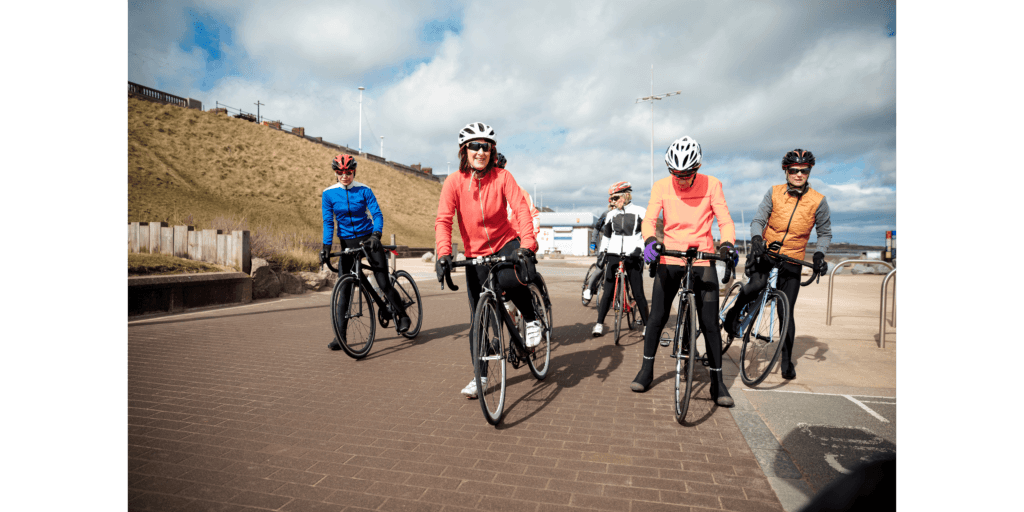
Finding Your Perfect Cycling Community
By understanding the characteristics of a bad cycling group and actively seeking out the qualities of a good cycling group, you can make an informed decision and find your perfect cycling community.
Group cycling offers numerous benefits, including motivation, accountability, enhanced performance, and social connection. Through local resources, online platforms, and active participation, you can join a cycling group that aligns with your goals, interests, and values.
FAQ About Group Cycling
Is group cycling suitable for beginners?
Absolutely! Group cycling can be beneficial for riders of all skill levels. Many groups offer different pace groups to accommodate beginners and help them progress.
Is a road bike and specialized equipment necessary to join a group ride?
While many group rides do take place on road bikes, it’s not always a requirement. Some cycling groups welcome riders with different types of bikes, such as hybrid or gravel bikes. It’s best to check with the specific group to see if they have any equipment recommendations or restrictions. For longer distances, a road bike would be recommended.
As long as your bike is in good working condition and suitable for the terrain, you can still participate in group rides and enjoy the benefits of cycling with a community.
What should I bring for a group ride?
It’s important to bring essentials such as a properly fitting helmet, water bottle, spare tube, tire levers, pump or CO2 inflator, and basic bike tools. It’s also a good idea to have identification and emergency contact information with you.
How can I find a group that matches my cycling style?
Research local cycling groups, read their descriptions, and reach out to them for more information. You can also ask fellow cyclists or inquire at local bike shops for recommendations based on your specific cycling interests.
What if I can't keep up with the group?
Don’t worry! Communication is key. Many groups have different pace groups, so you can choose one that matches your abilities. If you find yourself struggling, let the group leaders or riders know, and they can provide guidance or suggest alternative options.
Are there any costs associated with joining a cycling group?
Some groups may have membership fees or require contributions for specific events or activities. However, many groups offer open group rides that are free to participate in. Be sure to clarify any financial obligations before joining a group.

